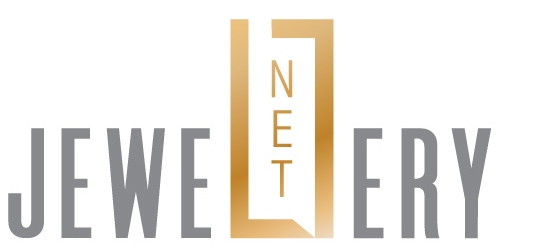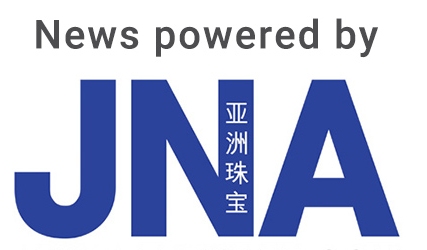Thailand’s top gemmological institution is putting in place innovative solutions to equally modern difficulties in the trade.
The Gem and Jewelry Institute of Thailand (Public Organization) or GIT continues to fortify its position in the trade through progressive programmes and services. Duangkamol Jiambutr, director of GIT, talks to JNA about the institute's growth strategies in 2020.
JNA: What are the most challenging issues faced by gem labs today?
Duangkamol Jiambutr: Advancements in the synthetic diamond industry continue to pose challenges for gem labs. This sector keeps growing every year. Hundreds of new producers are emerging and as the industry becomes more competitive, technological innovations to reduce production costs also come into play. Thus, the characteristics that gem labs use to identify lab-grown diamonds tend to vary for one producer to another, and labs need to update their databases to catch up with new developments.
JNA: How do your latest products and services respond to the needs of the jewellery industry?
Jiambutr: In 2019, GIT established two new colour standards for ruby namely “Rabbit's Eye Red” and “Golden Red” to support the trading of rubies that don't fall under the “Pigeon's Blood” category. GIT officially launched those new standards at the International Chanthaburi Gem and Jewelry Festival in December last year. GIT hopes these can help ruby traders boost their export volumes in 2020.
JNA: What are your growth prospects this year?
Jiambutr: Our growth strategies are mainly focused on drumming up interest in our Buy With Confidence project among domestic and international end-consumers. We also want to promote our services to the tourism sector and keep developing and diversifying our products to meet customer expectations.








